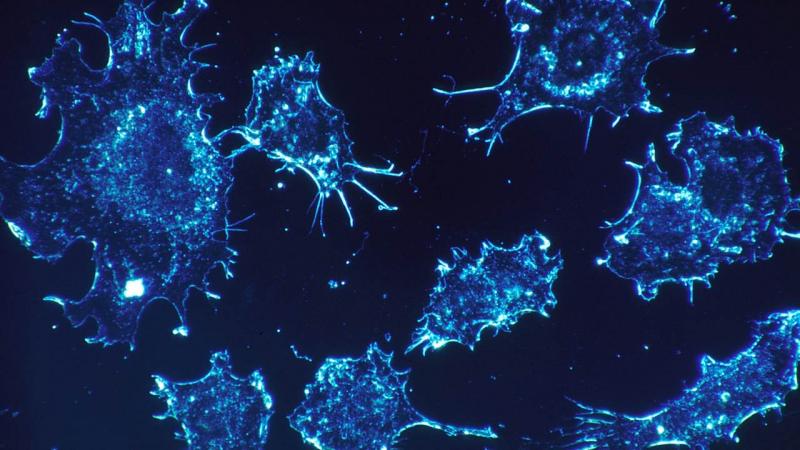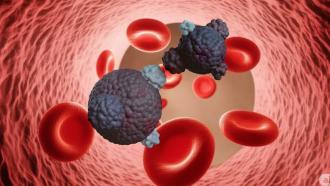
Cervical cancer is the fourth leading cause of death among women worldwide. Although there has been significant progress in therapies combining surgery, chemotherapy and radiotherapy, the threat of the cancer coming back and spreading is quite high. With 30% of treated patients dying within five years of treatment, cervical cancer is one of the most dreaded forms of cancer.
While, over the years, scientists have developed many drugs to fight against cancer, most drugs have various side effects such as nausea, vomiting, hair loss, fatigue, headache and breathing troubles. Also, cancer cells revive after a certain period of time. Now, a team of researchers from Centre for Interdisciplinary Research in Basic Sciences, Jamia Millia Islamia, New Delhi, have reported a new compound that has shown promising potential to fight against cervical cancer.
The scientists prepared eight compounds which were all derived from an organic compound called piperazine. From the lot, one compound, N-(3-chloro-2-(3-nitrophenyl)-4-oxo azetidine- -yl)-2-(4-phenylpiperazin-1-yl) acetamide(5e), called 5e for short (phew!), showed a stronger effect against cancer cells grown in their lab. The compound was attached with a group of molecules which made it specifically seek out cancer cells and not harm healthy cells in the body. When researchers used this drug against cancer cells in vitro, the cancer cells shrank, some detached and others died, and the number of colonies of cancer cells decreased.
Cancer cells, at an advanced stage of the disease, become highly mobile, making it impossible to target them as they infiltrate essential tissues and organs. The new compound could constrain their mobility, and enhances apoptosis (cell death) by aggravating certain beneficial proteins and alleviate those proteins which reduces the process of natural cell death mechanism, says the study. With such promising observations, the researchers then went on to work out the molecular mechanisms that make the drug effective.
Cancer is a condition in which, prompted by multiple changes in our genes, cells go rogue. But, the body has a defence mechanism against the disease—when the genes of some cells go haywire, and there is a possibility of them turning into cancer, these cells promptly commit suicide, also known as apoptosis. Hence, cancerous cells have to cleverly bypass apoptosis to survive. They do this by changing the very genes that regulate apoptosis. It is no surprise, then, that many drugs are designed to trigger apoptosis in these cancer cells and reinforce the body’s vital defence system.
When the researchers treated cancer cells with 5e, they observed disturbances in the symmetry of plasma membrane surrounding the cells, changes in the shape of nucleus and fragmentation of DNA inside the nucleus—all hallmarks of apoptosis. Compound 5e help in activation of essential enzymes, called caspases, from the mitochondria into the cytoplasm. These enzymes are the “shredders” of the cell, chewing up everything inside it. The cells, now completely digested by apoptosis, cannot cause cancer.
The compound entirely agrees with the Lipinski’s rule of five, which are a set of general and biochemical requirements that need to be fulfilled if a drug has to be metabolically effective. While 5e shows promise against cervical cancer, it is still a long way from being on the drugstore shelves. “Developing a drug for a patient's use has to pass through many phases. First, on ex- vivo, in-vivo studies on animal models, then preclinical studies. Only then does it go to the clinical phase, where it is tried on a large group of patients,” explains Dr Fareeda Athar, the lead researcher of the study. Besides funds and fully developed labs, collaboration with hospitals is needed to go ahead, she says.
“There are possibilities of side effects of the drug on humans. There are many cases where drugs passed through the first phase of clinical trials, only to be rejected at the second phase”, warns Dr Athar. However, with such a pronounced effect and a clearly chalked out molecular pathway of the compound, the drug seems to be a good candidate for further development.






